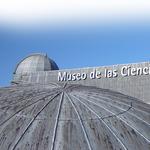Cristina & David
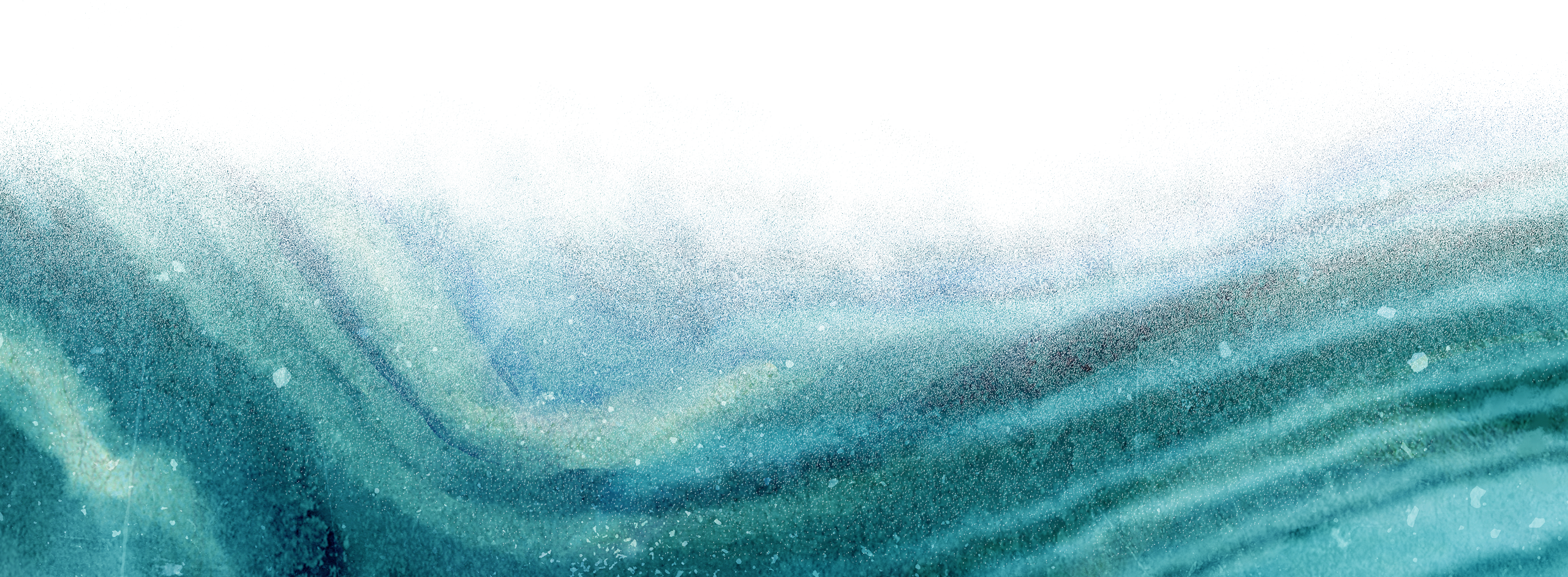
Things To Do
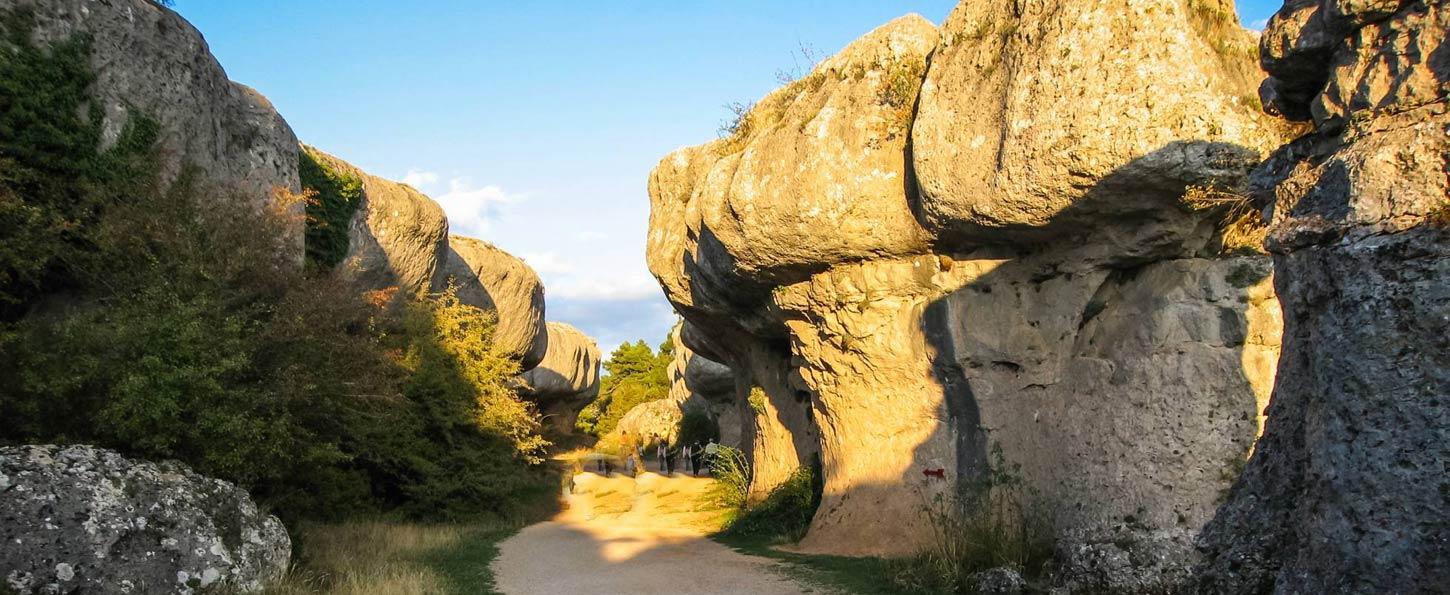
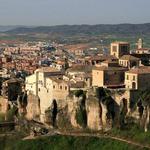
Cuenca
Summarising Cuenca in a few words isn’t only trivial, but it is almost sacrilege, given that by being austere, we would surely miss something valuable and important. Cuenca is a city for relaxing, not to visit in a rush. It is a city to see from the inside, walking its streets and going inside its monuments; and to observe from the outside, from the other side of the Júcar river; to see it drenched in sunlight or lit up by night. To see man’s constructions and nature’s too. To discover hidden secrets of alleyways and backstreets or for the cathedral’s grandness to overwhelm you or completely submerge you in the sheath of monuments in the Plaza Mayor square; for history of art or contemporary abstract art.
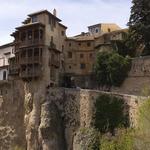
Las Casas Colgadas
Perched on the ledge of the rock on the gorge of the Huécar river, the hanging houses are an indisputable symbol of Cuenca and true gems in traditional Gothic architecture. Made in stonework with ashlars on the corners and settled on corbels, they look out over the river from their wooden cantilevered balconies on the cliff. Only three of the houses from this complex are able to be visited: the Sirena house which has a tavern where tradition can be tasted, and the King’s house, that display original construction pieces inside, such as wooden beam structures and that house, for the pleasure of all, “the smallest museum house in the world”: the Museum of Spanish Abstract Art.
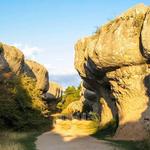
La Ciudad Encantada
Located in the village headman Valdecabras (BASIN), in the heart of the Natural Park of the Cuenca mountains and surrounded by huge pines, the Enchanted City is undoubtedly one of the most spectacular places in our country where you can meet and learn karst geological process and admire his whimsical formations. Therefore, the Encahted City was declared a Natural Site of National Interest on June 11, 1929. It dates back to 90 million years ago, when Enchanted City was part of the seabed of Thetis. It was quiet waters, which led to the deposition of salts, especially calcium carbonate.
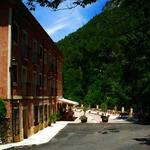
Solán de Cabras Royal Thermal Spa
The gorges of the Cuervo River, the nearby Laguna del Tobar, and the Serranía de Cuenca Natural Park in general offer routes full of attractions in the middle of nature: incredible landscapes and an exuberant botanical richness to achieve the mental and physical balance to which the spa decidedly contributes.

Museo Paleontológico de Cuenca
The heritage related to the paleontology of Castilla-La Mancha spreads for all the territory, being a good sample of this heritage in Castilla-La Mancha Paleontology Museum. Moreover, there are two very important sites from the Cretaceous Period in Western Europe in the province of Cuenca: “Las Hoyas” and “Lo Hueco”. It is important to underline the high quality of the fossils that are shown in this museum, the majority of them are unique and they are preserved very well.
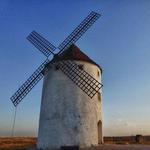
Windmills in Zafra de Záncara
Zafra de Záncara’s name comes from the Arabian sazja, meaning crag, since its location nears the summit of the crag and falls over its hill. Among the culture of this town, the remains of an old fortress called Rusiano Palace stand out, as well as the old house of Pedro Chicote and the Church of our Lady of la Asunción. In the town’s surroundings we can find a completely restored windmill which represents the figure of Don Quixote, traditional of La Mancha.

Don Quixote's Route
Don Quixote’s Route begins in Toledo, the imperial city, and ends after ten days in the Hoz del Rio Dulce towards Siguenza and Atienza. It is almost impossible to browse Mancha fields without feeling the spirit of Don Quixote, especially when you visit Campo the criptana and find the ten mills lining the hill. Do you remember the battle against the giants? Three of the mills (Burlet, Infanto and Sardinero) retain the original mechanisms.
